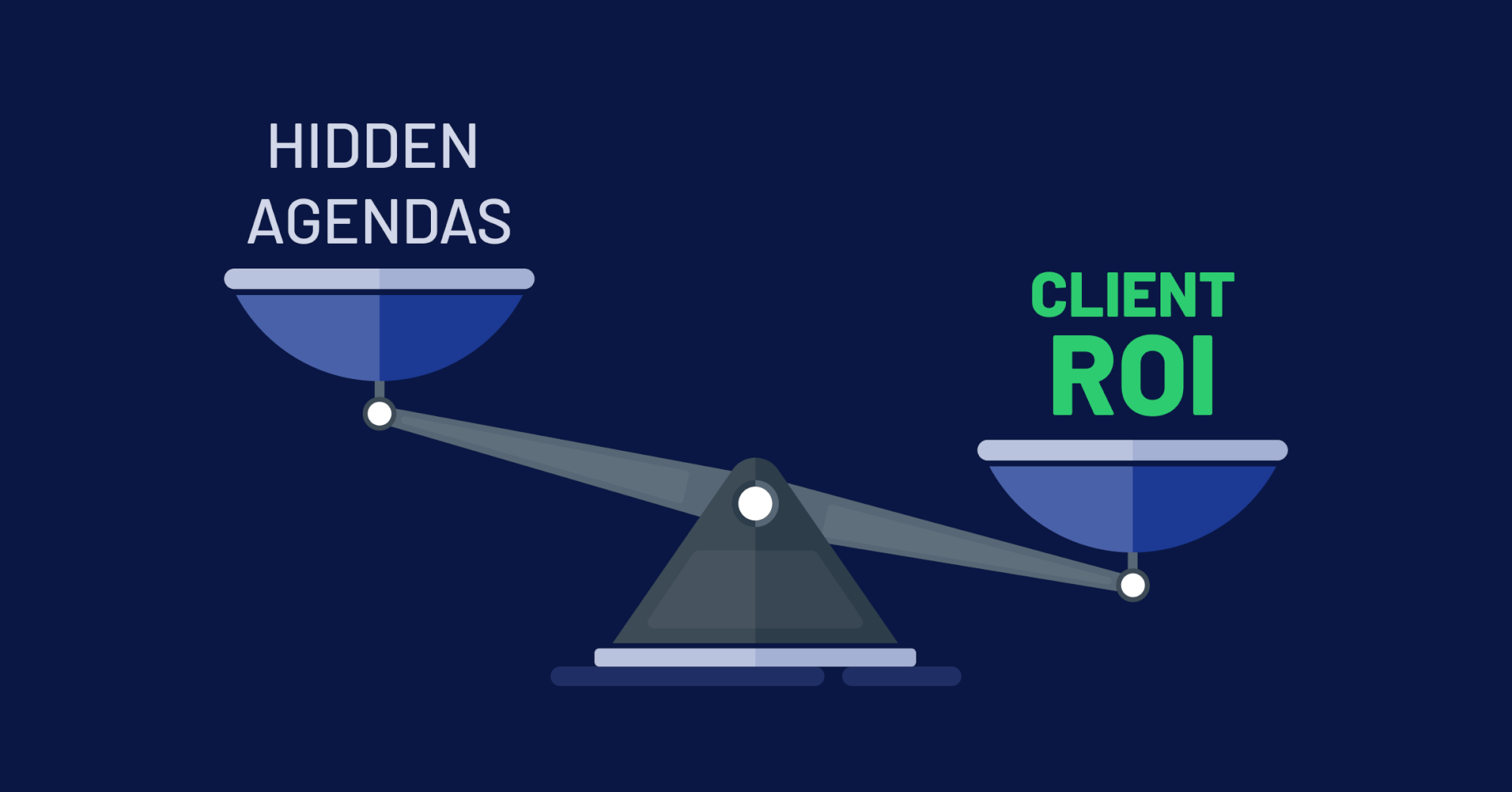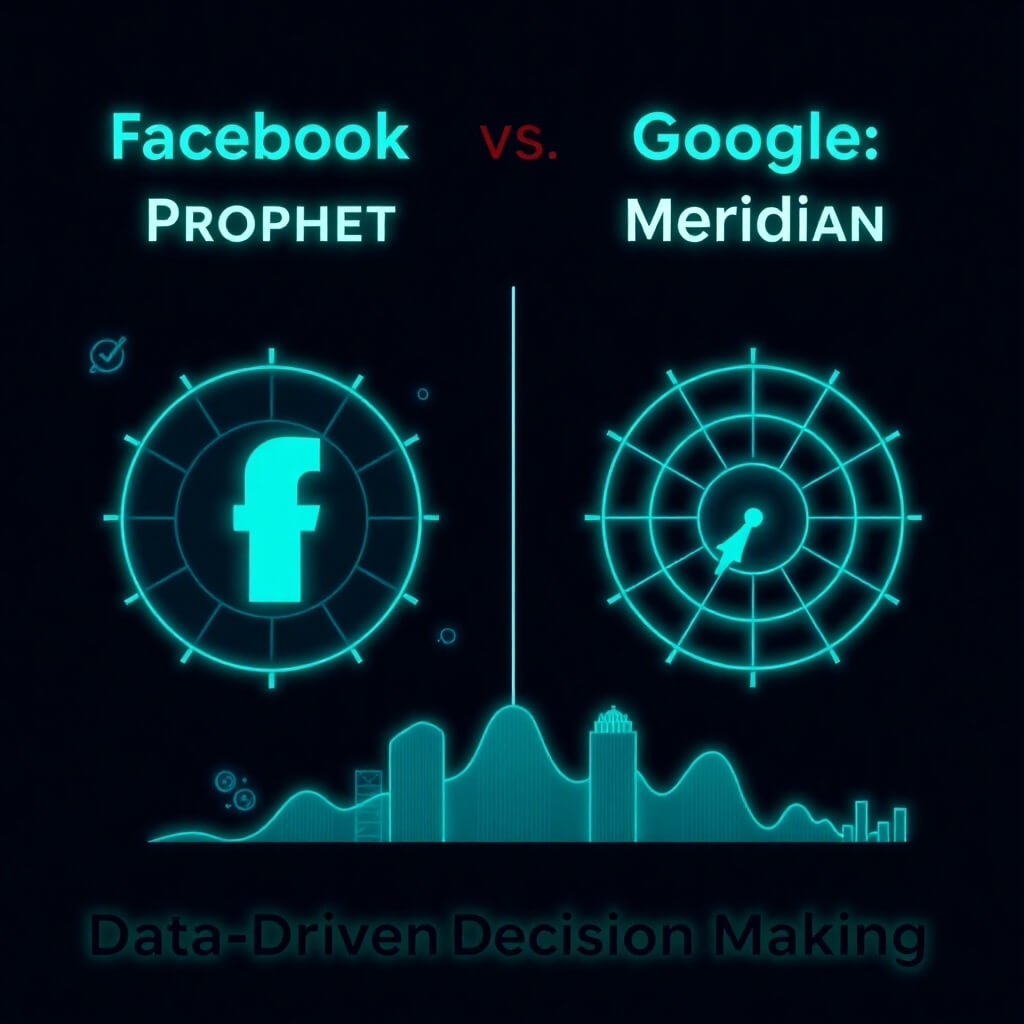Managing Google campaigns can be immensely complex and if you really want to make them work, they have to be nurtured and optimized in real time. Ad copy, bids, targeting selects, and keywords all have to be constantly tested and manipulated based on ROI results and changing marketing conditions. Well, guess what, the same applies to Facebook advertising.
Making pay-per-click (or pay-per-like) Facebook ads can be even more complex because you’re not just dealing with simple keyword-targeted ads (the first mistake people typically make when looking at Facebook). For example, if you want to sell life insurance on Google, you use the keyword “Life Insurance.” But on Facebook, no one is searching for life insurance or has necessarily listed life insurance as an interest or like. However, lots of people have expressed interested or listed themselves in certain categories such as age group, getting married, having babies, etc.
The second big mistake is that people list all the demographics and interest categories for their target in one giant selected group and then they run just two or three ads for that group for the duration of the campaign. They treat it like a display campaign, where the creative is launched, the optimization is done on the creative level, and the results are tabulated. So the same people start seeing the ads again and again and the ads rapidly burn out.
This simple approach hardly comes close to the real-time nurturing and optimization that is actually required and typically applied to say, a Google AdWords program.
In this column I want to list some tactics and best practices related to getting fans via Facebook advertising. The first thing you have to think about is what are the interests and demographics of the people who already love your brand. That is what we are trying to accomplish with building our fan base in the early stages. They are the lowest hanging fruit and will be a) the most engaged and b) the most likely group to become advocates. Real-world fans who become Facebook fans.
So how do we get those real-world fans via Facebook ads?
- Targeting. Don’t just think of keywords, think of demographics: behaviors, related interests, competitive companies, and other things that your target audience is into. Facebook targeting is as much about “who” as it is about “what.”
- Targeting groups. Don’t just lob everyone into one giant group. Break your campaigns into smaller groups – I like 10,000 to 15,000 people per group. That way you can customize and optimize your ads for each group.
- Friends of fans. Target friends of fans: your ads will be shown displaying people they know who like your brand. Birds of a feather on Facebook often flock together.
- Ad creative. Create many ad variations, at least 20 per campaign and have your next round of images and ideas locked and loaded for continual testing and optimization based on what you learn works. Ads can burn out super fast on Facebook – this is not search, where a good keyword ad keeps working because new people keep seeing it. These are small groups, so an unappealing ad will quickly die and stay dead.
- Images. Show close-ups and customize the images for the micro-groups you created in your campaigns. People’s faces, women for women, men for men, couples for married, colored borders, city name in the image, bright backgrounds, etc. Have an arsenal of images to test and swap continually – often images are the easiest thing to test.
- Copy. Have an arsenal of copy ready to test as well and keep it short and provocative. You don’t need to use every allotted character. Offers and questions that illicit an action are clearly best. Do you like XYZ – then hit “like”? Like or Dislike? (There is no dislike, so they will not click “like” if they don’t like it.)
- Ad format. Make sure you’re using in-line or in-ad “likes.” Sponsored Like Stories help you leverage your fans to recruit their friends.
- Segmented tracking. By breaking your campaigns up into segmented groups, you can now see what targets perform best and even apply that to other forms of advertising.
- Ad rotation. Keep trying different creatives and if your CTR is below 0.05 percent, you are doing something wrong – try changing the image first. Typically ads have to be changed out every week.
- Engagement. Don’t forget to engage your fans to build your EdgeRank (story for another day) by running sponsored post stories to your fans. The reality is you may have a ton of fans, but if they stop engaging with your posts, they will stop seeing your status updates.
One of the challenges of Facebook is its continual innovation and modifications to its ad offerings. But for an optimization-focused marketer, this is great because it increases the options that can be tested. So a final tip is to make sure you are up on all the current targeting selects and ad formats. They change very often, so keeping a change log and option menu is advisable.
So those are the big tips for now. As always, please comment and share any tips you have with the readers of this column.
This article originally appeared on ClickZ.
Related Posts:
Facebook Friends Agencies to Feature Best and Brightest on Facebook-Studio.com
How to Not Suck at Twitter (Without Buying Ads)





